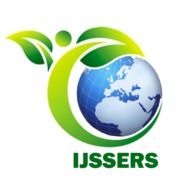Examining the Factors Influencing Parents’ Preschool Selection in Malaysia Post-COVID-19
The COVID-19 pandemic brought about significant disruptions and transformations in the operations of preschools across Malaysia. Consequently, parents’ decision-making process when choosing a preschool for their children has become less straightforward. This study aims to elucidate the factors that influence parents’ selection of preschools. A questionnaire survey was conducted involving 70 parents of preschool children enrolled in four kindergartens in Malaysia. Descriptive and ANOVA analyses were employed to assess the levels of various factors and their interrelationships. Our findings uncovered nine key post-COVID-19 elements that impact parents’ decisions when selecting a preschool: culture, religion, teachers, curriculum, safety, practical considerations, management, reputation, and facilities. These factors exert varying levels of influence on parents’ preschool choices. Among these factors, safety, the curriculum and educational philosophy, and the practical aspects of a preschool emerged as the top three considerations for parents. The results revealed a significant disparity in parents’ preschool selection based on income levels. Lower-income parents displayed less enthusiasm for preschools that required substantial parental support for blended online learning than their higher-income counterparts. These findings offer valuable insights into the criteria parents use to choose a preschool for their children, shedding light on their specific needs and expectations.

